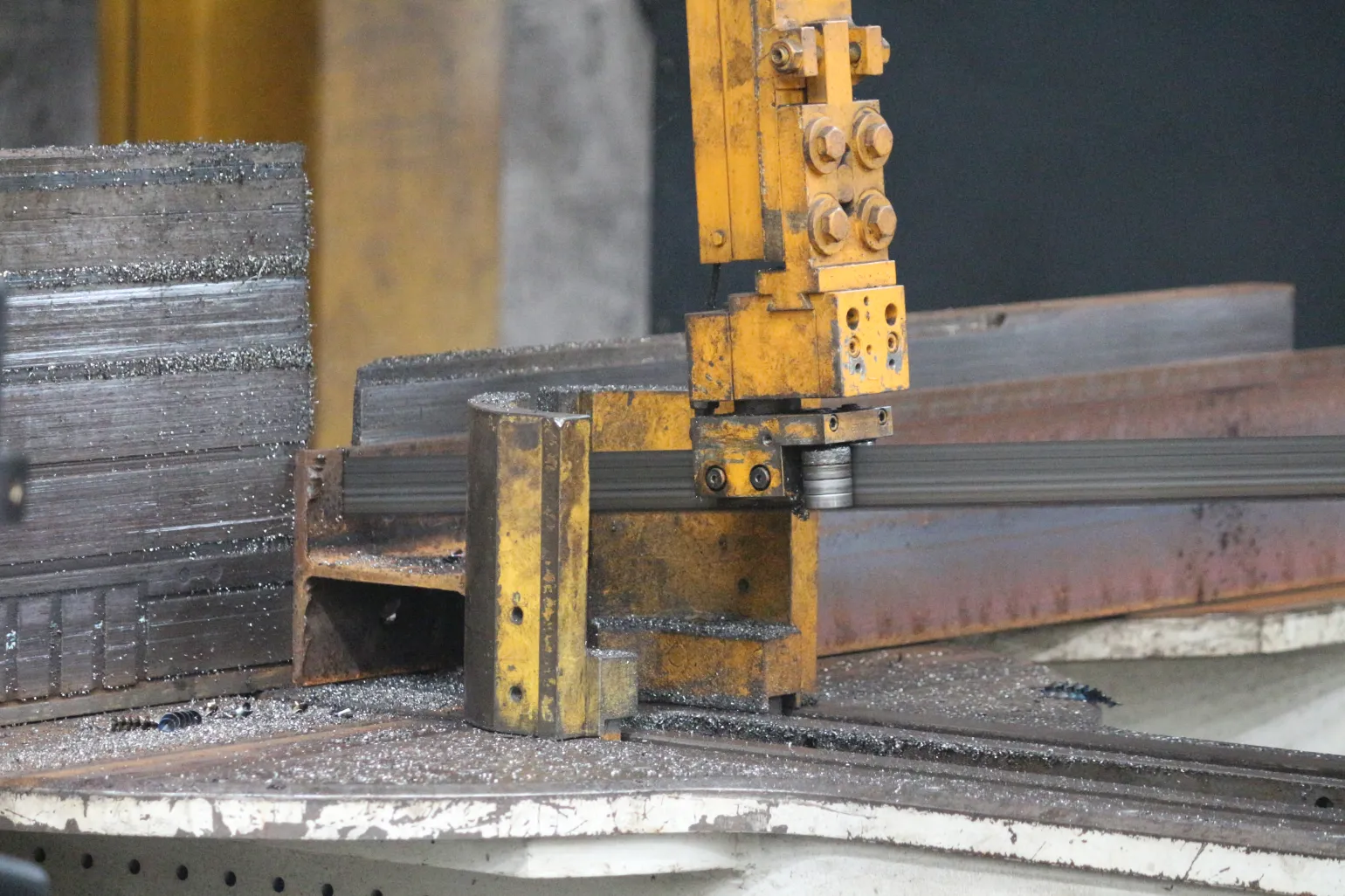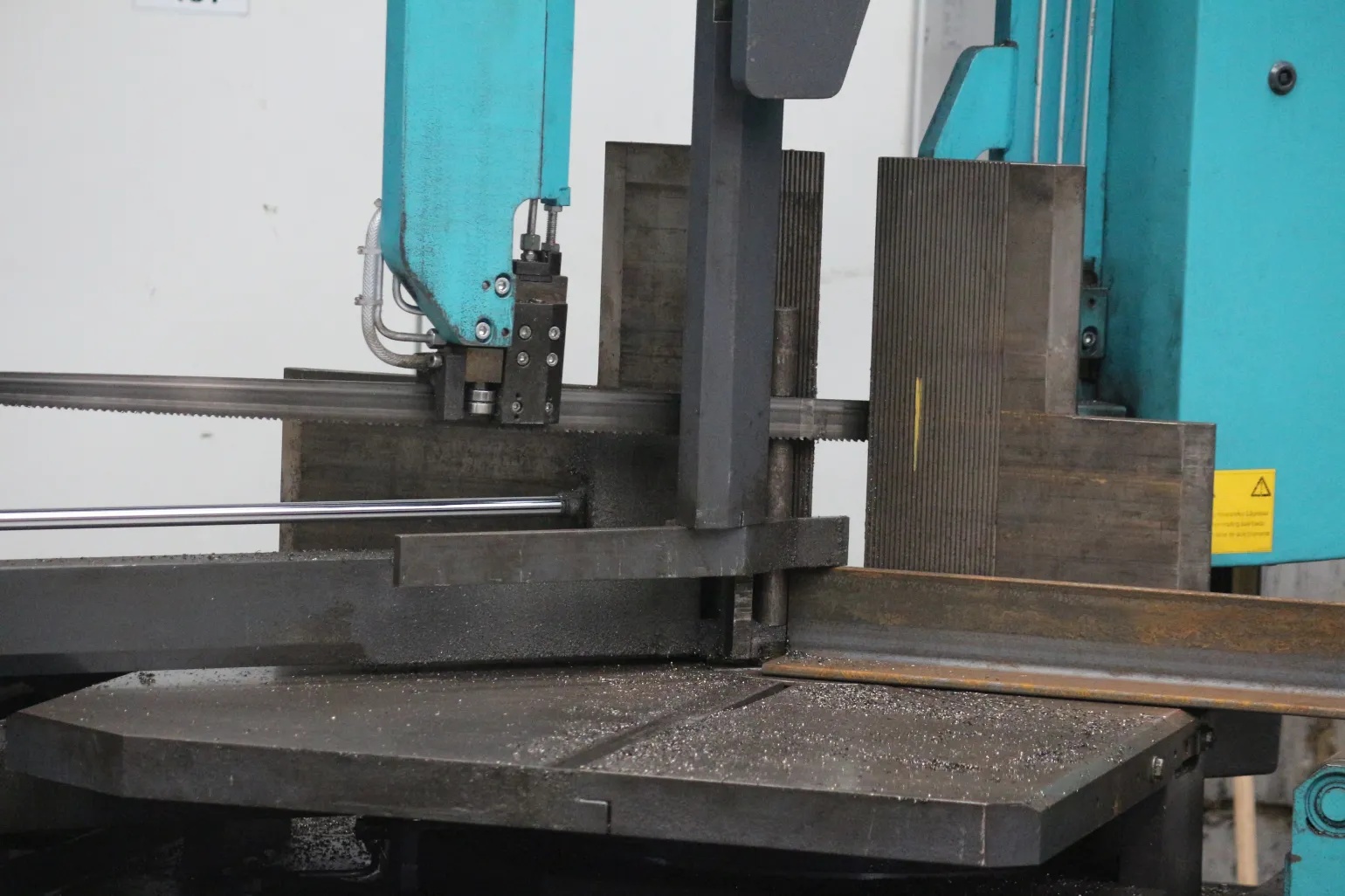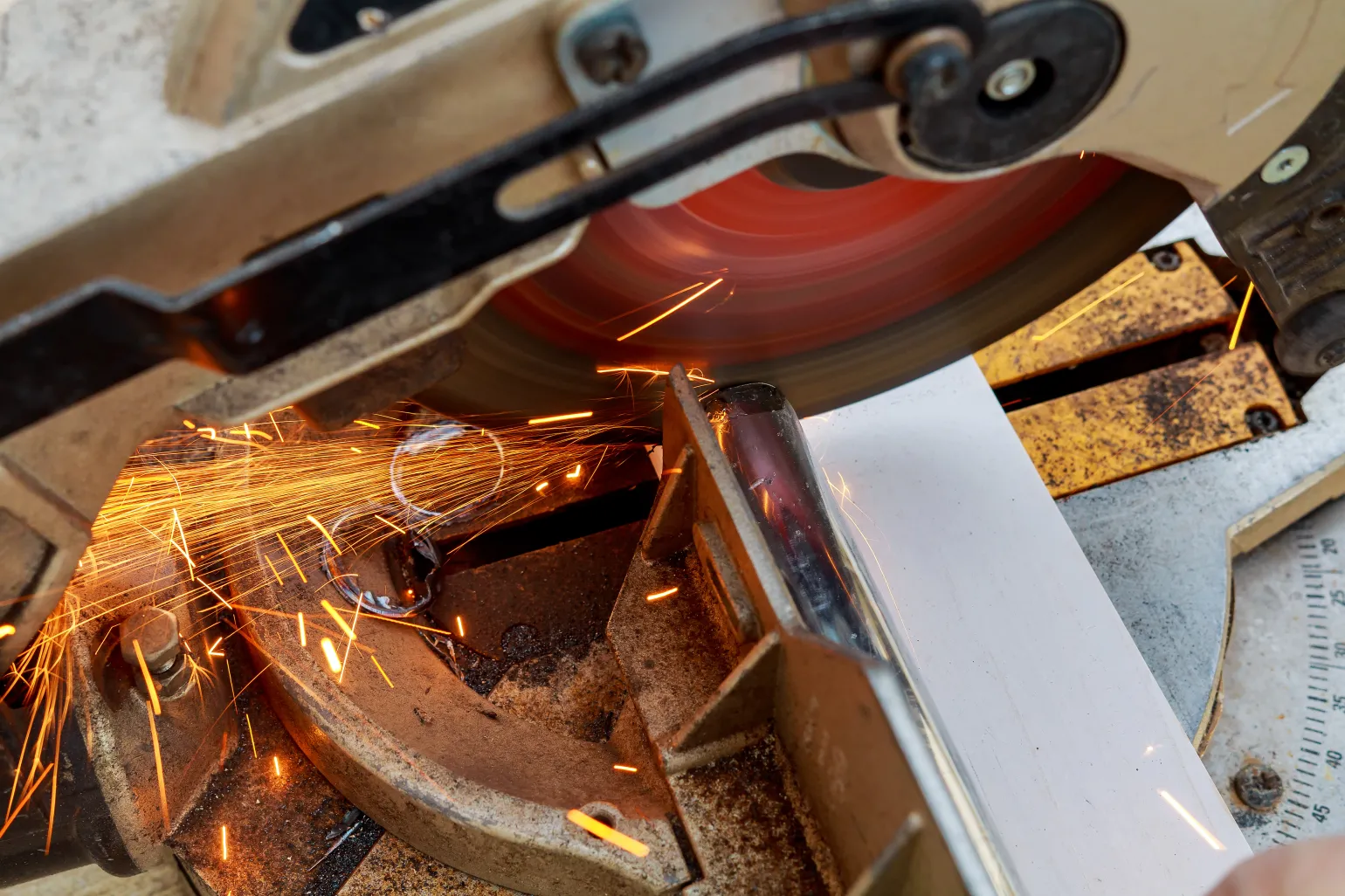Demystifying Sawing Techniques: Choosing The Right Process for Your Steel
Cutting steel requires precision and clean cuts to ensure the perfect finish. Find out all about the best saws for cutting steel and the different techniques used.
Cutting steel requires precision and clean cuts to ensure the perfect finish. Find out all about the best saws for cutting steel and the different techniques used.

One of the most popular saws in commercial and industrial use, bandsaws are available in manual, semi-automatic and fully automatic models. So-called because it uses a long sharp blade with a continuous band of toothed metal, a bandsaw’s band rotates on two or three wheels in the same plane to create a clean cut and fine cut. The bands in a bandsaw have a teeth per inch (TPI) ratio and this ratio changes depending on the size and thickness of the material being cut. An automated bandsaw is one of the best saws for cutting steel as it creates an incredibly precise cut.
Most industrial bandsaws are also capable of doing mitre cuts, meaning bandsaws can often be used to cut steel at certain angles.

Used for making precise angled cuts, or bevels, mitre saws are ideal for smaller projects such as making trim, moulding, or edging. These saws are stationary and have a blade that is pulled downward onto the material that requires cutting. Mitre saws are available in various sizes, and the sizes of blades differ too. The most common blade sizes are 180, 250 and 300 mm and they each have their own capacity that’s suitable for cutting masonry, plastic, or steel.

A circular saw is a power saw that’s either handheld or mounted onto a workbench or table. This type of saw has a round toothed or abrasive disc or blade that spins at speed, and it requires a controlled hand to ensure smooth, clean cuts. Used for cutting various materials, a steel cutting circular saw blade is needed for cutting through metal, as steel is harder than wood or plastic.
A few other types of saws include hacksaws, jigsaws, reciprocating saws, chainsaws, panel saws and handsaws. However, the best saws for cutting steel are automated bandsaws, mitre saws, and circular saws as they provide the cleanest, most precise cuts for all different applications.
Choosing the right saw for the job is crucial as you need to ensure that your cut is clean, properly aligned and has not compromised the composition of the material. A cut that isn’t clean or aligned could cause structural instability, and a bad cut could lead to fractures and quicker degradation. If you’re cutting steel, a rough cut can also leave burrs, making edging a safety hazard.
Pulmans has six of the latest computer-controlled saws, each of which is suited to batch or one-off cuts with specific requirements. We ensure that the right saw is used for the job to provide the cleanest, safest cut.
Knowing how to saw steel is a skill, as this is a dangerous job. Steel fibers can easily get into your eyes, nose, mouth or under your skin and cause long-term damage. If you’re going to saw steel manually or using a DIY machine, ensure you have the correct protective equipment. In industrial environments, steel cutters are equipped with safety glasses, gloves, face masks and safety boots.
When cutting steel, the steel is fed into the machine or held in place for a manual saw, while the blade makes the cut. If a manual machine is in use, good control is needed. If an automated machine is used, the steel will be fed in one end and out the other and the computer will ensure the cuts are calculated correctly.
The two main types of sawing techniques used in cutting steel are the bandsaw motion and the circular saw rotation that creates friction to create a cut.
Pulmans has various computer-controlled bandsaws that can handle varying lengths and thicknesses of steel and can complete a variety of different cuts on bundles or individual lengths. We also have computer-controlled circular saws that use various steel cutting circular saw blades to easily cut different styles, directions, cut numbers and lengths.
Pulmans will use the best saw for cutting steel to ensure that your cuts are perfect every time. Whether you need a bulk order or a single item, we know how to saw steel the right way.